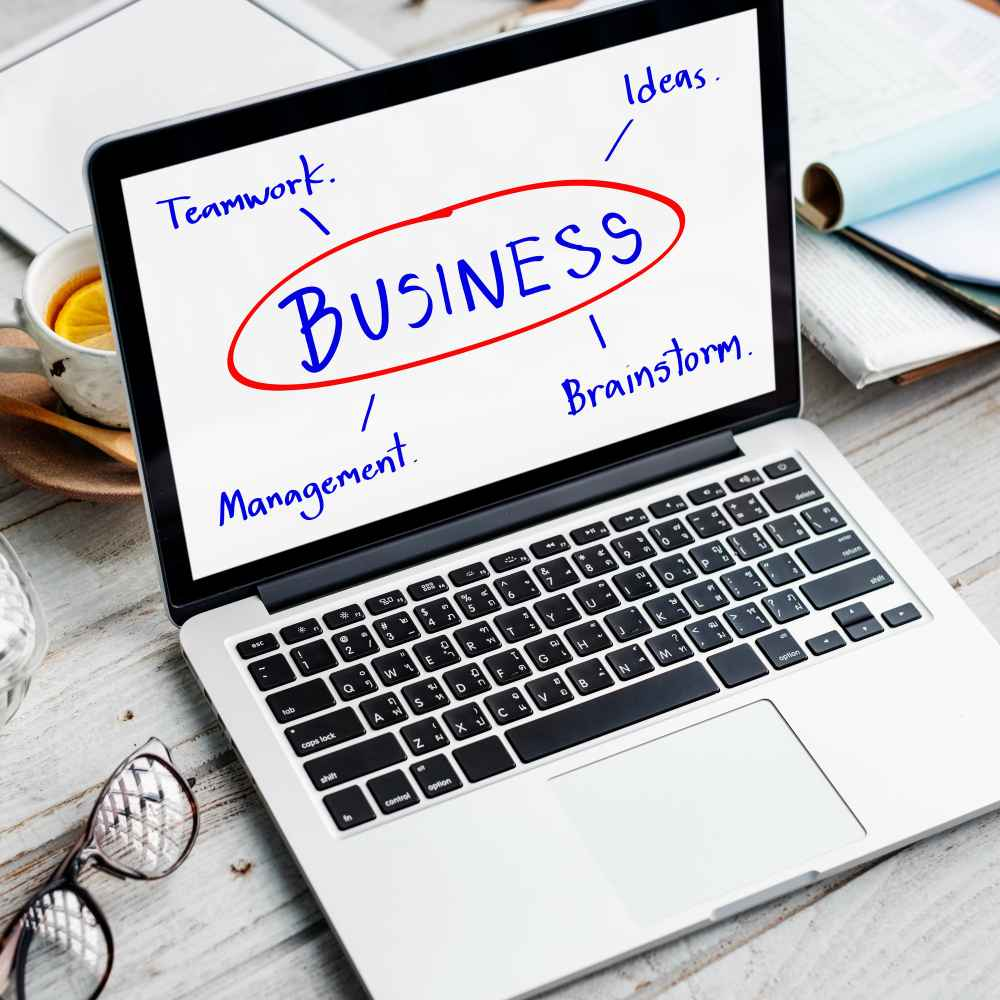8000-267 Business Improvement Techniques
Get ILM Level 2 Assignment Help on 8000-267 Business Improvement Techniques
8000-267 Business Improvement Techniques
Leaders should ensure that they facilitate growth and development within their areas of responsibility. The desired levels of growth can only be achieved by supporting continuous improvement in the business techniques that are used within the area of responsibility. 8000-267 Business Improvement Techniques is a unit within the ILM Level 2 module that helps to develop the understanding of the team leaders on their roles and responsibilities in supporting improvement of business techniques within the organisation.
The leaders are guided through quality and performance management techniques that are aimed at evaluating the performance of the business at different stages to ensure that they are able to positively influence the activities and techniques utilised within the business for the better. The unit further helps the learners to identify tools that can be used to achieve the desired goals and outcomes when it comes to handling the techniques within the business hence facilitate sustainable improvement in approaches, practices and procedures that are employed within the business venture.
The main purpose and aim of this unit is to develop knowledge and understanding among the team leaders within the organisation on business improvement techniques that they can use for their teams hence achieving the primary duties and responsibilities of team leaders. The unit is covered in 10 guided learning hours and accounts for 2 credit values in the overall outcome of the ILM Level 2 Module, making it an important unit in the module.
Suitability of the Course
The course is important for stakeholders in different areas of practice. Primarily, the unit is designed to serve the learning needs of team/ cell leaders within the organisation. These are individuals tasked with leading project teams which comprise individual employees tasked with the same goals and objectives. The team leader must ensure that the team is productive in its duties and responsibilities. This involves ensuring that the techniques that are implemented within the teams are improved over time to ensure that it is consistent with the needs, skills and abilities of team members as well as aligned with the organisational goals and objectives.
Business Improvement Techniques as a unit is important for the team leaders in building this understanding and ability to influence the business techniques for the better of their teams. However, this unit is not limited to team leaders. Other elders within the organisation can pursue the unit to gain basic information and skill for improving the organisation in their respective areas of responsibility. Line managers, for example, can acquire basic knowledge of business improvement within their departments.
Other groups of stakeholders who can significantly benefit from the programs include the employees within the organisation or general team members. The unit plays a critical role in improving their professional knowledge and preparing them for future leadership responsibilities within the organisation.

Learning Outcomes
Upon completion of the unit, the learner should be able to:
Understand the concept of continuous quality and performance improvement within their area of responsibility
Show mastery of skills to encourage continuous improvement techniques within their team
Identify critical problems within their team or area of responsibility
Show understanding of the concept of problem diagnosis, which helps them to identify causes of problems in their areas of responsibility
Use existing business improvement techniques and tools to develop a solution to the problem identified in their areas of practice.
Evaluate the efficiency and effectiveness of business improvement techniques and tools used within the organisation or in their teams
Justify the choice of various tools implemented in different settings within the teams
Create effective reports on business improvement techniques that have been implemented in their areas of practice.
Key Learning Areas
8000-267 Business Improvement Techniques is a unit that covers a wide array of content that aims at improving ten awareness of the leaders to the need for business improvement as well as providing critical business improvement techniques. Some of the learning areas that the unit covers include
Quality and Continuous Improvement
This area of learning aims at providing the learners with the basic knowledge associated with business improvement. It helps them appreciate the role that continuous improvement in the quality and performance of a team has on achieving overall organisational performances and techniques. The area further helps them to understand the process of standardising products and services as measures of improving the commitment and loyalty to the team or organisation by influencing their areas of work.
Business Improvement Tools and Techniques
This area of learning covers critical aspects associated with the tools that the leaders should implement in their respective areas of practice to improve the performance and quality of services and products offered within the organisation. It covers a range of business improvement techniques which include Lean process improvement, six sigma or quality circles which can be used within the business setting to improve the performance and quality of products/ services within the organisation.
On top of that, the learners are introduced to different tools of improvement. The learners are required to achieve at least learning in two different tools that, include Pareto charts, and fishbone diagrams, among other tools. This area also helps to generate creative and innovative solutions to problems that may compromise organisational performance.
Reporting of Improvement
The learners are also introduced to methods of evaluating the efficiency of techniques that have been introduced within the organisation and effectively report to the top management. Team leaders are answerable of their techniques to senior managers and the unit guides in the development of relevant reports that are comprehensive.
Evaluation
At the end of the unit, the leader is required to complete an assessment to determine the accomplishment of set learning goals and objectives. This evaluation is conducted through a written assessment and supervised practice. Here, the assessor determines the ability to use both theory and practice learned within the unit in an organisational setting.
